
In our Fast Facts series, WhichCar delves deep into the history of automotive brands to bring you fascinating facts and intriguing information.
Here we focus on Isuzu, the Japanese brand that specialises in diesel engines and commercial vehicles, is famous for its popular D-Max ute, and for models such as the Gemini and Piazza that came to Australia as Holdens.
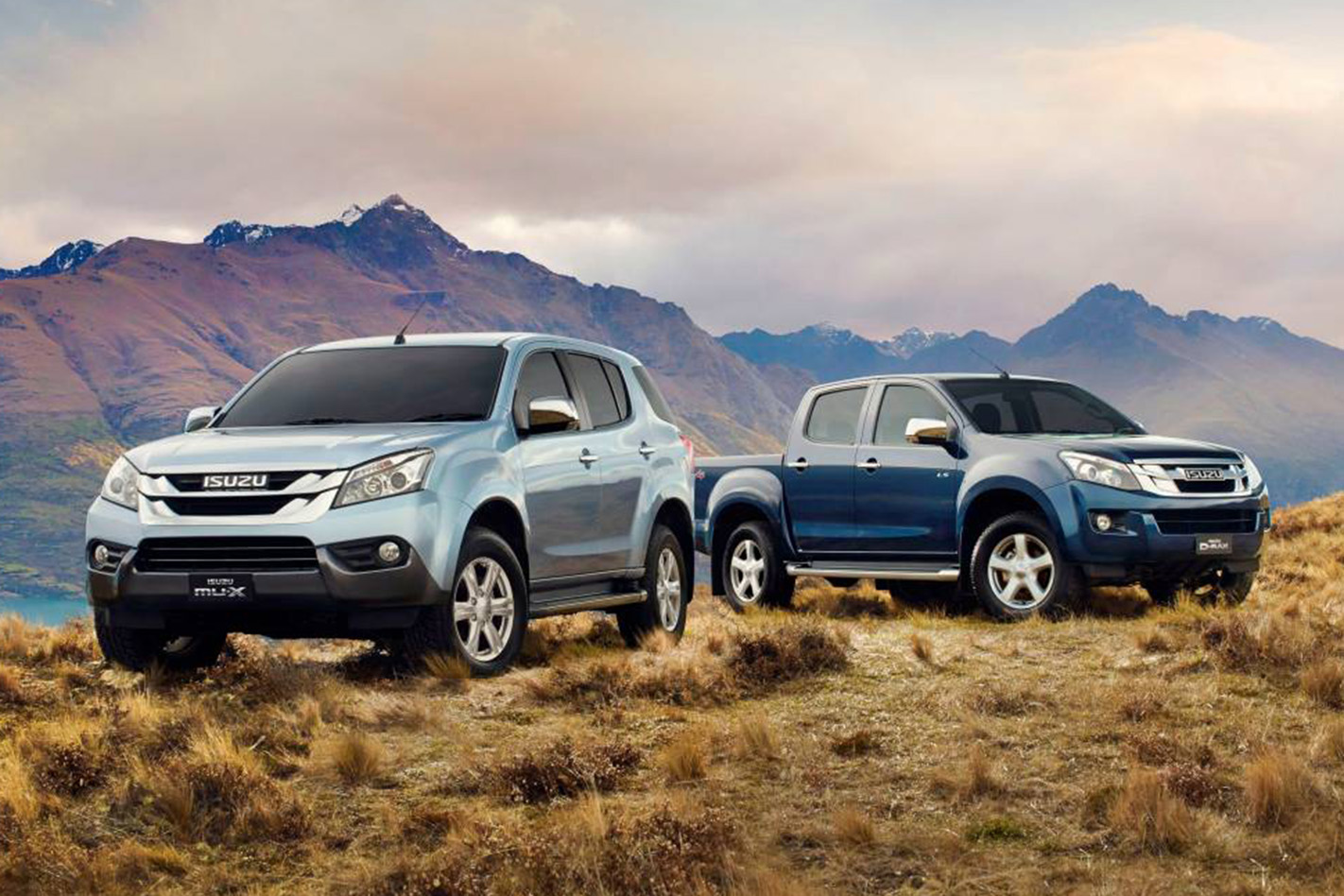
ENGLISH BEGINNINGS
Two Tokyo engineering companies joined forces in 1916 to focus on vehicle development. From 1918 to 1927 it produced cars and trucks in partnership with English car maker Wolseley Motors. In 1922 the Wolseley A9 became the first passenger car produced in Japan.
THE “ISUZU”
The car department was spun off from the main company in 1929 to become the Ishikawa Automotive Works. Four years later it produced a government-standard vehicle named after the Isuzu River, simply called the “Isuzu”. The company name, however, wasn’t adopted until 1949, when Isuzu Motors Ltd was established.
DIESEL FOCUS
Isuzu’s high reputation for diesel engines dates to 1933, when Ishikawa merged with DAT Automotive Manufacturing to form Automotive Industries Co Ltd – a company that decided to specialise in the development of diesel engine technology that at the time was still in its infancy – both technically and commercially. Air-cooled DA6 and DA4 engines developed in 1936 provided the foundation for generations of future Isuzu diesel motors.
BIRTH DAY
Isuzu regards 9th April 1937 as its foundation day – when Automobile Industries merged with Toyko Gas & Electric Co to create Tokyo Automobile Industries Co. It changed again in 1941 to Diesel Automobile Industry Co Ltd before the Isuzu change eight years later.
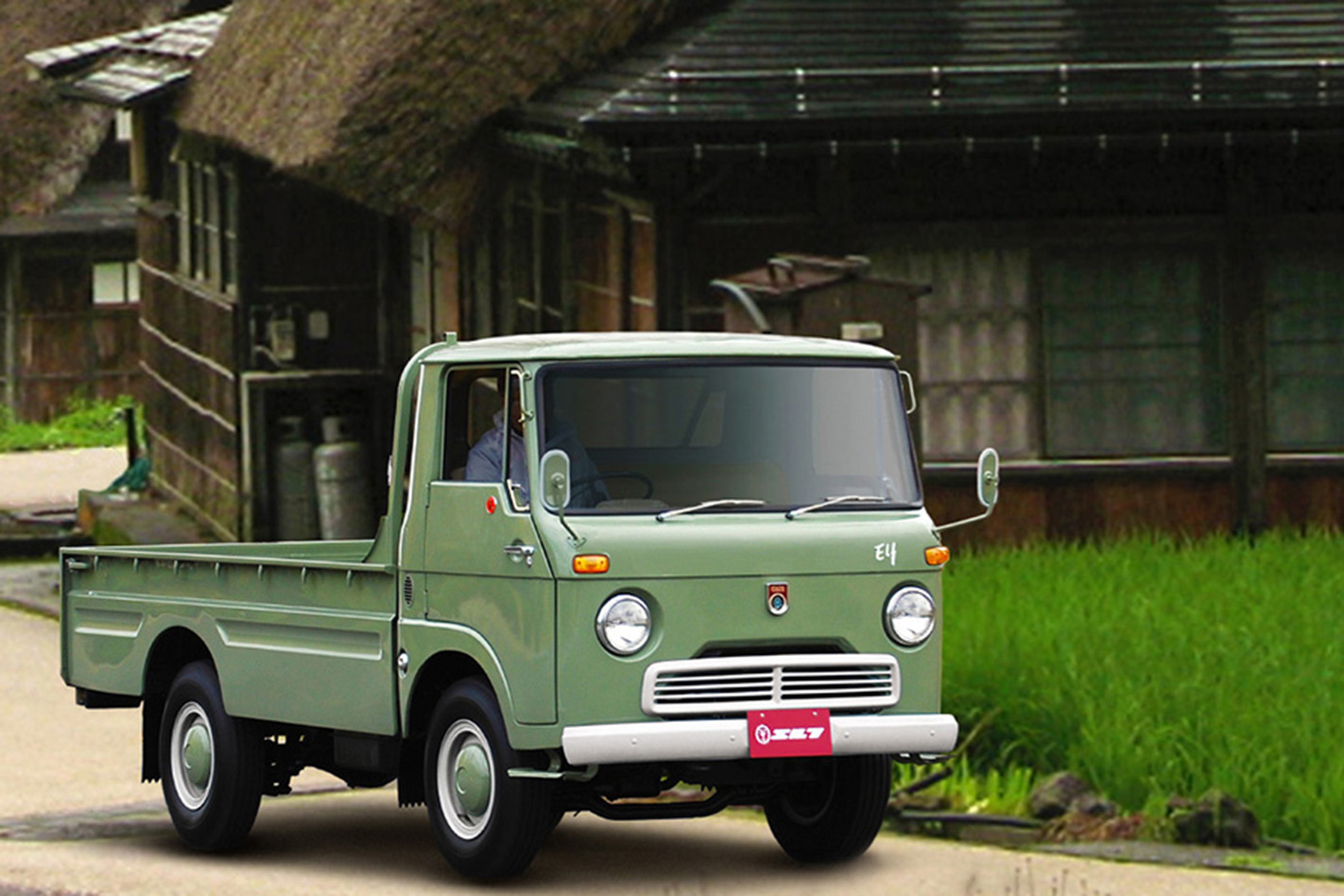
Isuzu benefited a rush of local demand for commercial vehicles that was prompted by the Korean War in the early 1950s, and the company launched the Elf commercial vehicle in 1959 – a model that would eventually became Japan’s best-selling light-duty truck. The current, sixth-generation model of the vehicle, known as the N-series outside of its domestic market, was released in 2006.
BELLETT OF THE BALL
In 1963, Isuzu produced its first home-grown passenger car – called the Bellett. It replaced the Hillman Minx the company had been building under licence since the 1950s. The attractive-looking, rear-wheel-drive compact car even made the cover of a 1964 issue of Wheels magazine.
Models included the De Luxe as well as GT – the latter marking the Isuzu as the first Japanese car to wear a Gran Turismo badge.
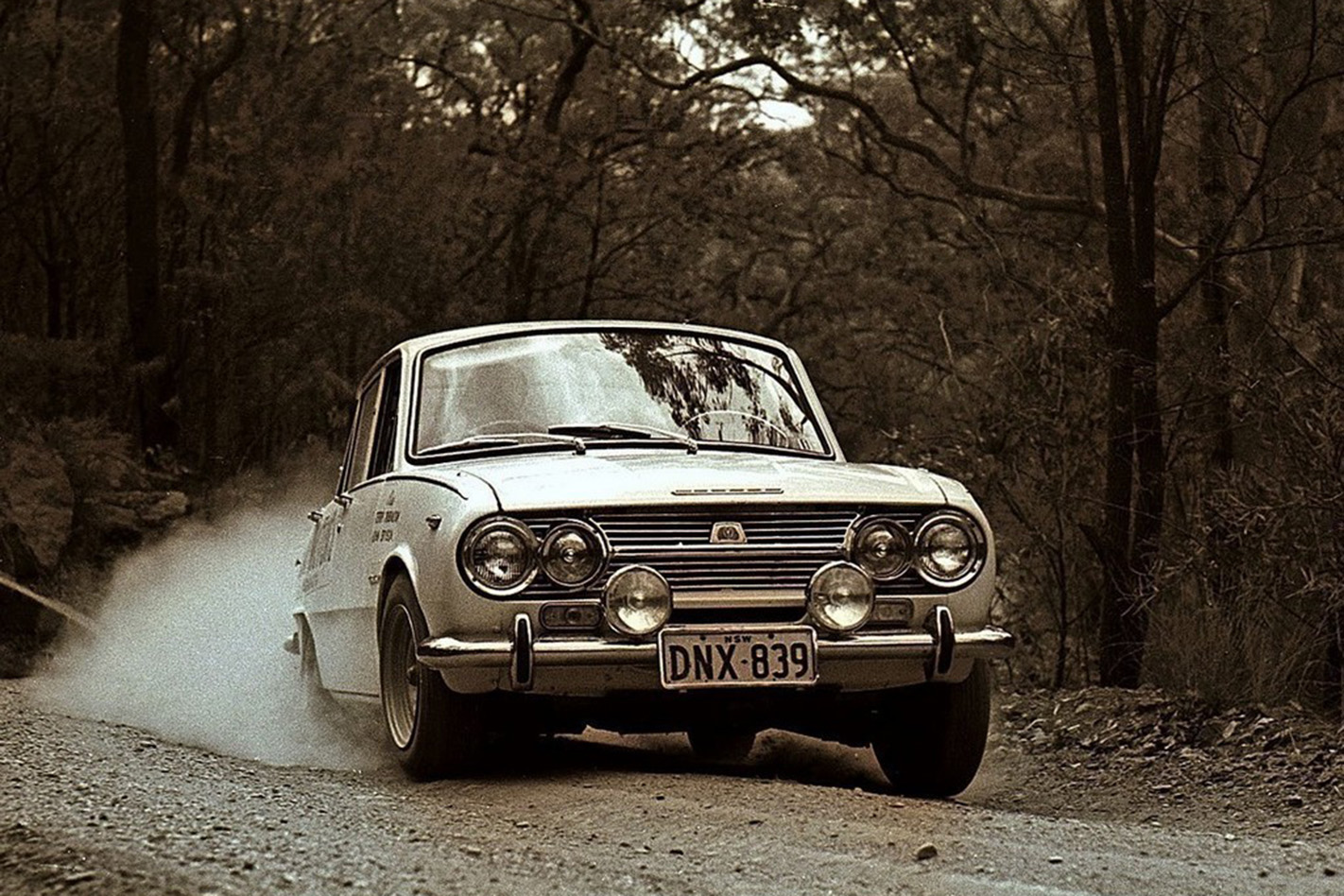
In 1974, the Bellett became known as the Bellett Gemini – and was based on the Opel Kadett C after General Motors had formed a long-term export agreement with Isuzu at the start of the decade. Holden not only adopted the model for its own showrooms but built variants locally.
From 1981 it was even available with a (1.8-litre) diesel engine – from Isuzu, of course. The Gemini was voted 1975 Wheels Car of the Year, though the second-generation model was instantly less interesting for its switch from rear-wheel- to front-wheel drive.
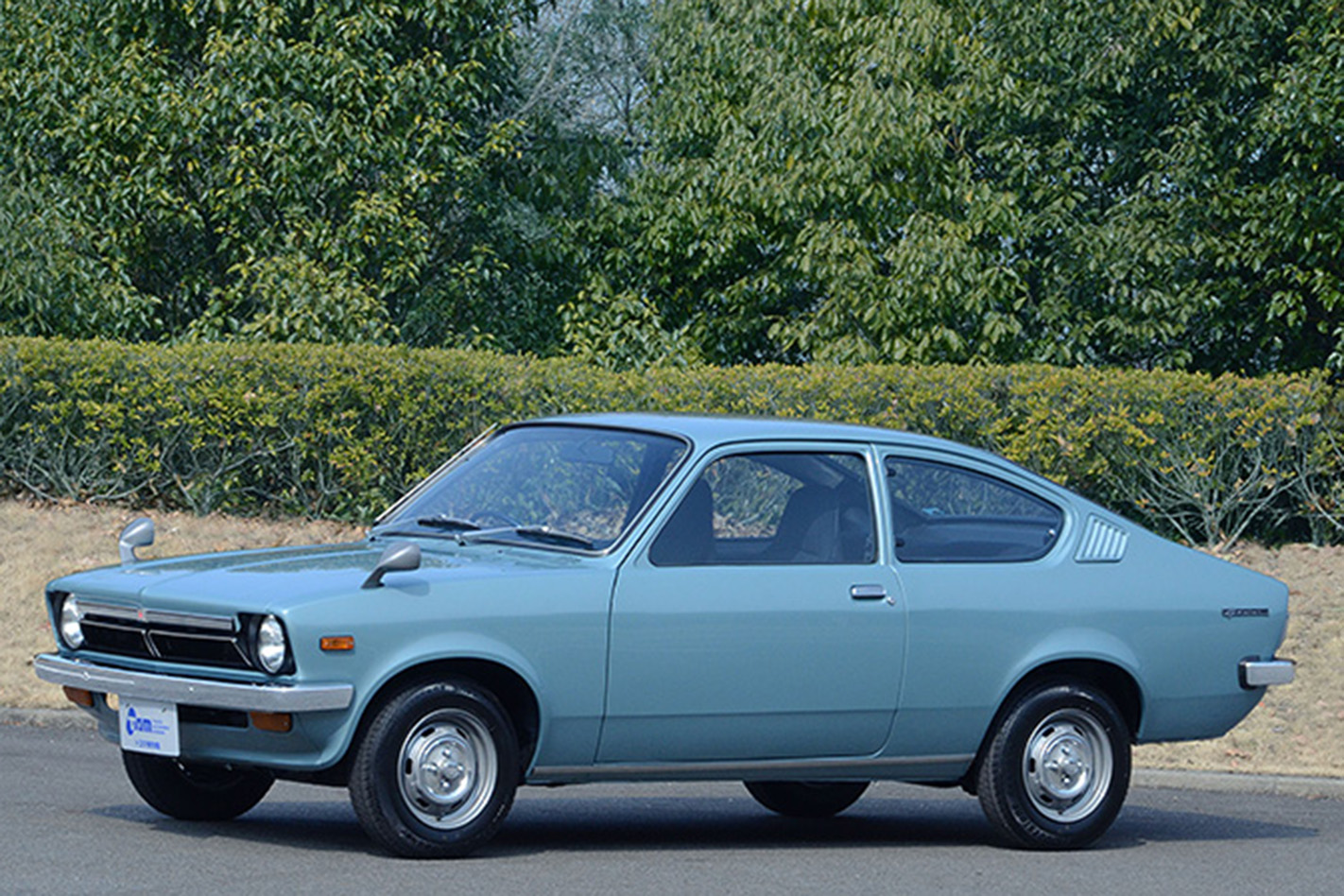
Despite the Bellett, Isuzu in the 1960s was still a company renowned for its commercial trucks and diesel-powered buses. Yet in 1968 it released a striking two-door model called the 117 Coupe – with the numbers referencing the project code for a vehicle group that would also include the Florian sedan/wagon.
The stylish coupe was penned by legendary Italian designer Giorgetto Giugiaro, whose surname was taken for a more refined version of the car in 1979. The rear-drive 117 featured an advanced four-cylinder engine up front, with double overhead camshafts and fuel injection.
PIAZZA FALLS FLAT
The 117’s replacement was another visual success – again designed by Giugiaro, through his ItalDesign company. But there was little else that was pretty about a model that also wore the Holden badge (from 1986). Despite underpinnings related to the old rear-wheel-drive Gemini, the Piazza’s dynamics were spoiled by nervous handling and a crashy ride. Expensive pricing – $35,000 in Australia – didn’t help its cause.
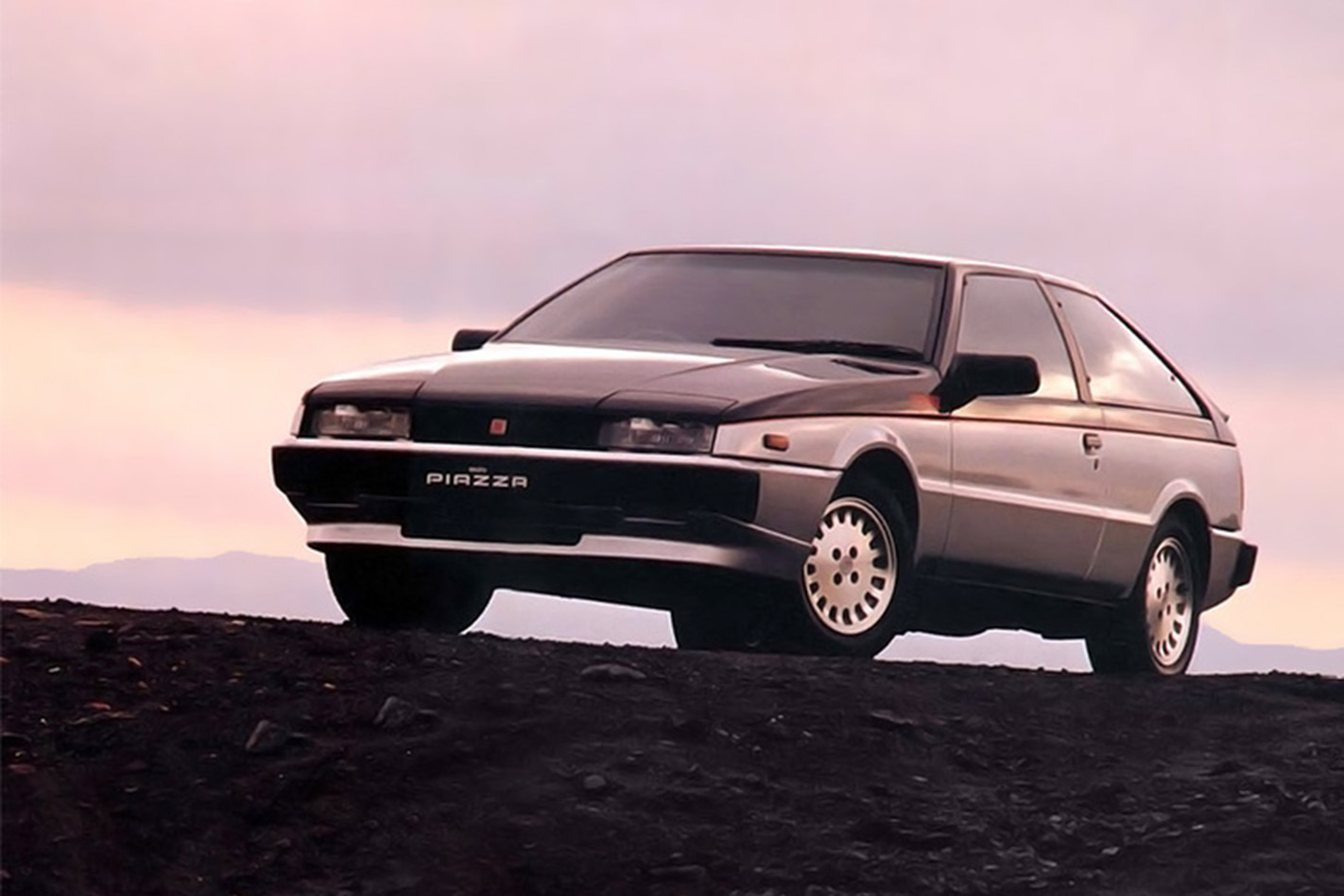
Holden’s almost umbilical link with Isuzu started before the likes of the Gemini and Piazza. In 1972, Holden distributed Isuzu trucks in Australia under the ‘Bedford by Isuzu’ banner (Bedford being the van brand of Holden’s British sister company Vauxhall). From 1980 to 1989, GM Holden switched to simply using the Isuzu brand.
UTE-ILISATION
Isuzu jumped on the ute bandwagon in 1963 with a tray-backed variant of the Bellett, called the Wasp – and imported it to Australia. An equally unusual name was used for its 1972 replacement – the Faster that would be exported to other markets, including the United States where GM badged it the Chevrolet LUV (for Light Utility Vehicle), and Australia where it became the Holden Rodeo. Its 1980 successor was known in some markets as simple ‘Pick Up’, and in 1982 an extra variant presented the world’s first Space Cab ute.
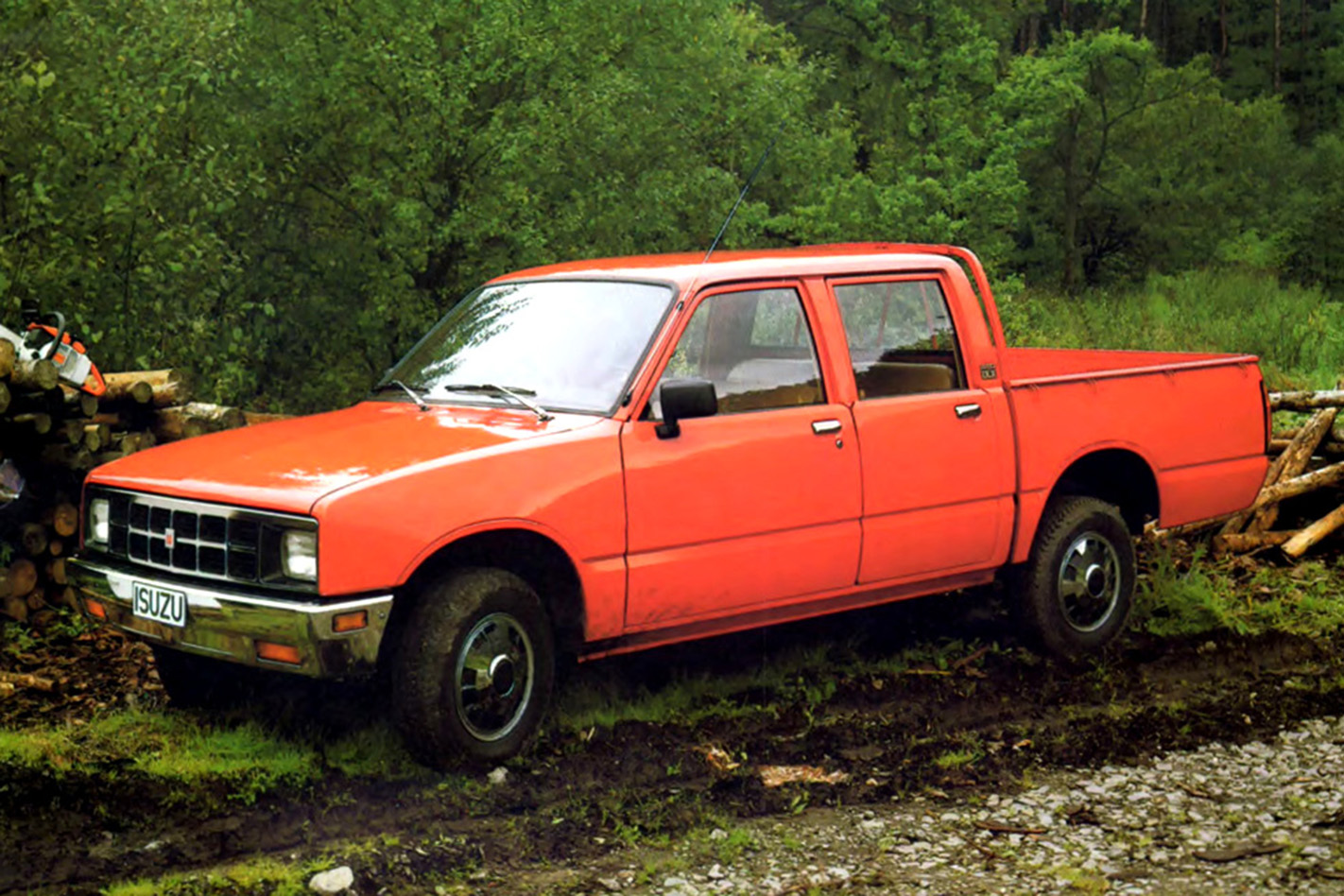
Although Isuzu has produced relatively few passenger cars, it’s built plenty of stylish or outlandish concept models. They include the 1989 4200R that was created by Lotus and could have influenced Jaguar’s 2002 XJ220 supercar, the 1991 amphibious Nagisa that looked more like a boat than a car, and the Como that featured gullwing doors, a ute-style rear deck, and a Lotus F1 V12 engine.
TO THE D-MAX
In 2002, Isuzu debuted its D-Max ute for global markets. It was badged a Holden Rodeo between 2003 and 2008 before Isuzu introduced its own model into the Australian market. The Rodeo was replaced by the Colorado – itself closely related to the D-Max as part of GM and Isuzu’s alliance – and both Isuzu and Holden are built in Thailand, albeit in separate plants.

Isuzu Ute Australia was formed out of the dissolution of Isuzu-General Motors Ltd, a joint venture established in 1989 to focus on distribution and marketing of Holden-badged Isuzus and Isuzu trucks in Australia. This subsidiary, actually owned by Mitsubishi Corporation, launched locally in 2008 with the D-Max. Its line-up was expanded with the MU-X seven-seater SUV twin in 2013. In 2016, Isuzu Ute Australia surpassed 90,000 vehicle sales since its 2008 launch.




